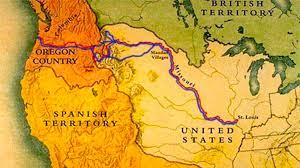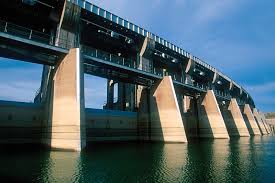The Missouri River is one of the longest rivers in North America and a major watercourse in the United States. It flows through the central part of the country, originating in the Rocky Mountains of southwestern Montana and flowing east and south for approximately 2,341 miles (3,767 kilometers) before joining the Mississippi River near St. Louis, Missouri.

Table of Contents
Geography and Course of Missouri River
The Missouri River begins at the confluence of three smaller streams: the Gallatin, Madison, and Jefferson Rivers, near Three Forks, Montana. From its headwaters, the river flows through several states, including Montana, North Dakota, South Dakota, Nebraska, Iowa, Kansas, and Missouri. It serves as a natural boundary for parts of these states.
The river’s course is characterized by its meandering nature, with numerous bends and loops. It passes through a variety of landscapes, including mountainous regions, plains, and agricultural areas. The river’s flow is regulated by a series of dams and reservoirs constructed along its course, which are used for irrigation, flood control, hydroelectric power generation, and recreational purposes.

Historical Significance of Missouri River
The Missouri River has significant historical importance, especially in the context of westward expansion in the United States. During the 19th century, the river served as a major transportation route for explorers, fur trappers, traders, and settlers. It was a vital component of the Lewis and Clark Expedition (1804-1806), which aimed to explore and map the newly acquired Louisiana Territory and find a route to the Pacific Ocean.
The river also played a crucial role in the development of the Oregon Trail, California Trail, and other western migration routes. Steamboats navigated the lower reaches of the river, helping to facilitate trade and commerce.
Economic Importance
Today, it continues to be of economic significance. It supports agriculture, transportation, and recreation in the states through which it flows. The river’s water is used for irrigation, providing water for crops and livestock. It also supports barge transportation, especially on the lower stretches, allowing for the movement of goods.
Environmental Concerns
The River basin is ecologically diverse and provides habitat for various species of fish, birds, and wildlife. However, the river’s ecosystem has been significantly altered by human activities, including dam construction, channelization, and agricultural runoff. Efforts are ongoing to restore and preserve the natural balance of the river and its surrounding habitats.

In summary, the River is a vital waterway with a rich history, playing a key role in the exploration, settlement, and economic development of the central United States. It continues to be important for agriculture, transportation, and environmental conservation.